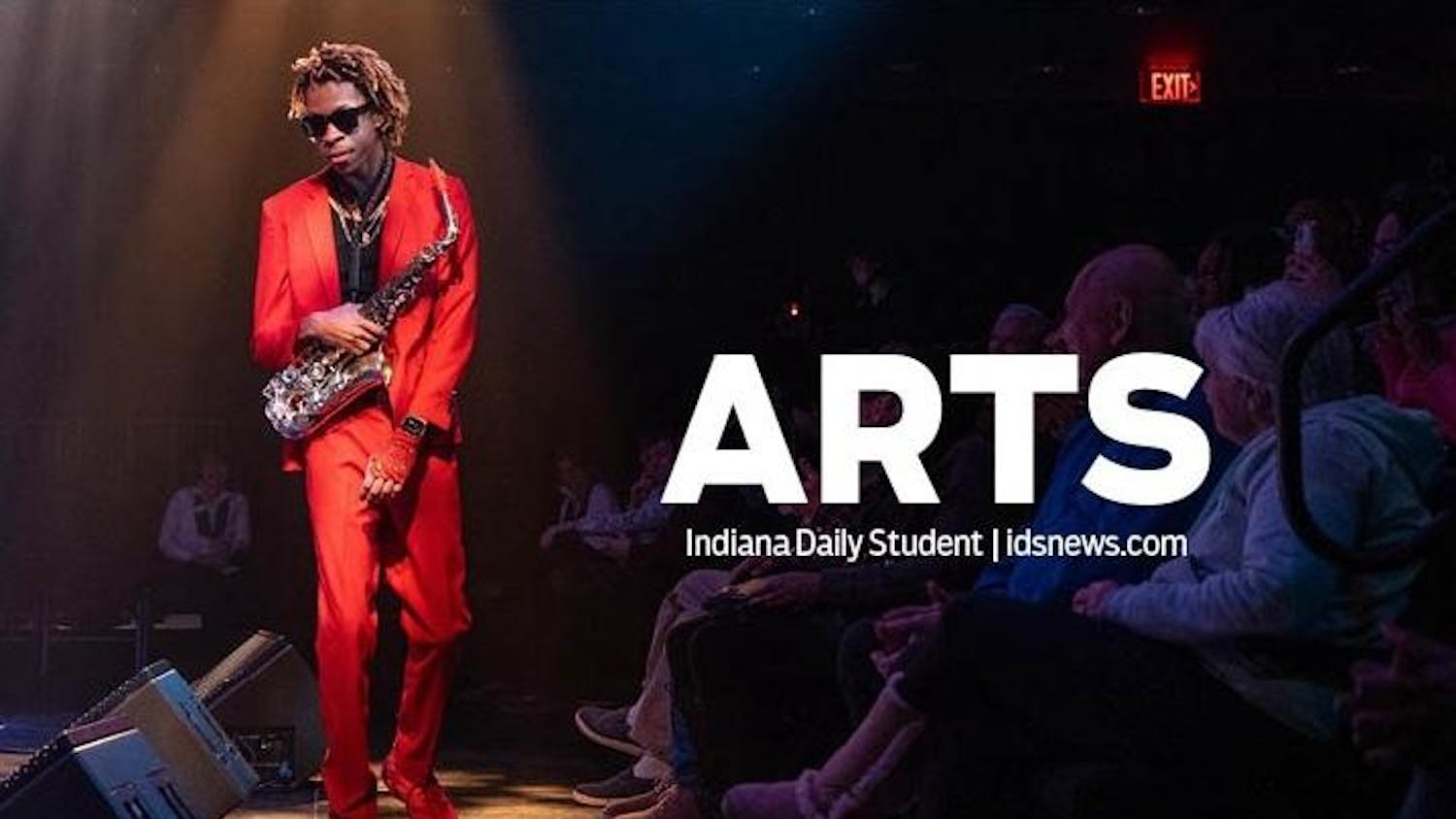ALLENTOWN, Pa. -- Smoking on a fire escape, a railroad brakeman's rule book stuck in his jacket pocket, Jack Kerouac looks as though he just stepped from the pages of "On the Road." The image is seen in a 1953 photograph taken by fellow Beat writer Allen Ginsberg.\nGinsberg photographed the best minds of the Beat Generation in between bursts of creativity. An exhibit of 34 black-and-white photographs taken by Ginsberg and annotated with the poet's handwritten captions is on view at the Allentown Art Museum.\nKerouac is caught mid-conversation while walking down a New York street. He makes what Ginsberg called a "Dostoyevsky mad face," mugging for the camera. Neal Cassady Kerouac's model for Dean Moriarty in "On the Road" is seen on a bus trip; William Burroughs squints in the sun; Lawrence Ferlinghetti is photographed outside his City Lights bookstore in San Francisco, shortly before publishing Ginsberg's graphic poem, "Howl."\nThe word "beat" came from the streets of Times Square and jazz musicians of the 1940s and was embraced by Ginsberg, Kerouac, Burroughs and their friends. It came to symbolize an alternative community, a rejection of rigid literary conventions and the repressive social mores and politics of the 1950s.\nPoet Anne Waldman, who co-founded with Ginsberg the Jack Kerouac School of Disembodied Poetics at Naropa University in Boulder, Colo., said the photographs embody his ethic of "snapshot poetics," capturing the details of a single moment.\nThe first half of the exhibit shows the young Beats moving among New York, San Francisco, India and Morocco from 1953-1964.\nThe photographs, most enlarged to 16 inches by 20 inches, are candid, but Ginsberg focused on his subjects' faces staring back at him. The intimate images look as though they were snapped after Ginsberg said, "Hey, look at me for a second."\nA photograph from 1984 shows Waldman and Burroughs squeezed into the corner of a booth in a Mexican restaurant behind a table full of bottles and empty glasses. As they turn toward the camera, Burroughs' metallic tie glints in the light.\nCurator Jacqueline van Rhyn compared Ginsberg's photographs to portraits by Richard Avedon. "The prints are high quality, but what contributes to their popularity is the personalities they capture," she said.\nA 1956 photograph of Ginsberg retyping "Howl" on a portable typewriter in friend Peter Orlovsky's apartment opens the exhibit. Ginsberg is the subject of several photographs. In run-on sentences he scrawled beneath each image in the 1980s, he notes whose hands held his camera.\nThe handwritten captions set Ginsberg apart from other documentary photographers, said David Sestak, a collector whose family owns the Ginsberg photographs on display.\n"I thought it was very unique in that there are very few fine art photographers who express themselves with the visual combined with the word," he said.\nGinsberg records not only people's names, but also their drug use and published writings.\nThe later photographs from 1984-1991 are more self-conscious, as the Beats grow into their roles as cultural icons. By this time, Ginsberg had invested in a medium-format camera, resulting in crisper images.\nTwo photographs taken through the kitchen window of Ginsberg's apartment on New York's Lower East Side close the show, offering a last view of the world as the poet saw it. Ginsberg died in his apartment in 1997 at age 70.\n"Allen Ginsberg: Beat Generation Photographer" runs through Nov. 2 and will not travel.
'Beat' photographs go on tour
Get stories like this in your inbox
Subscribe





